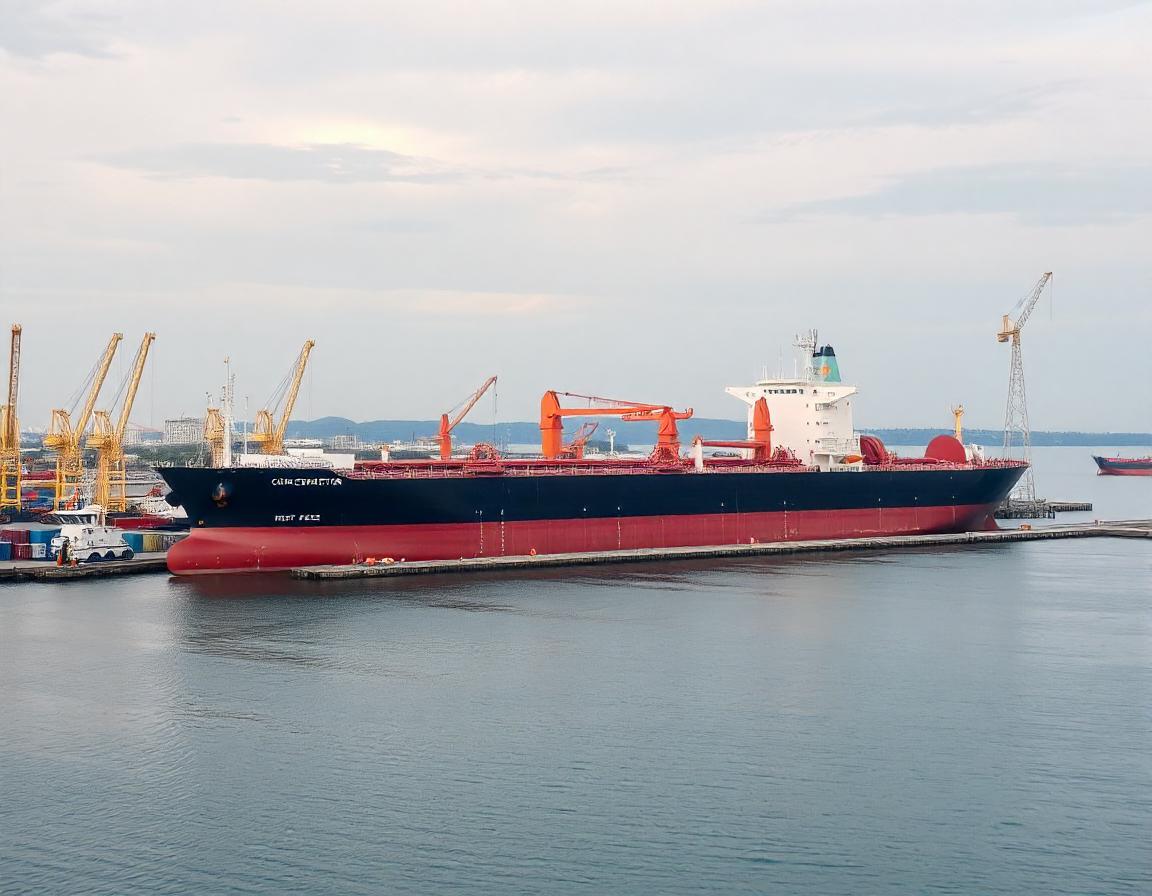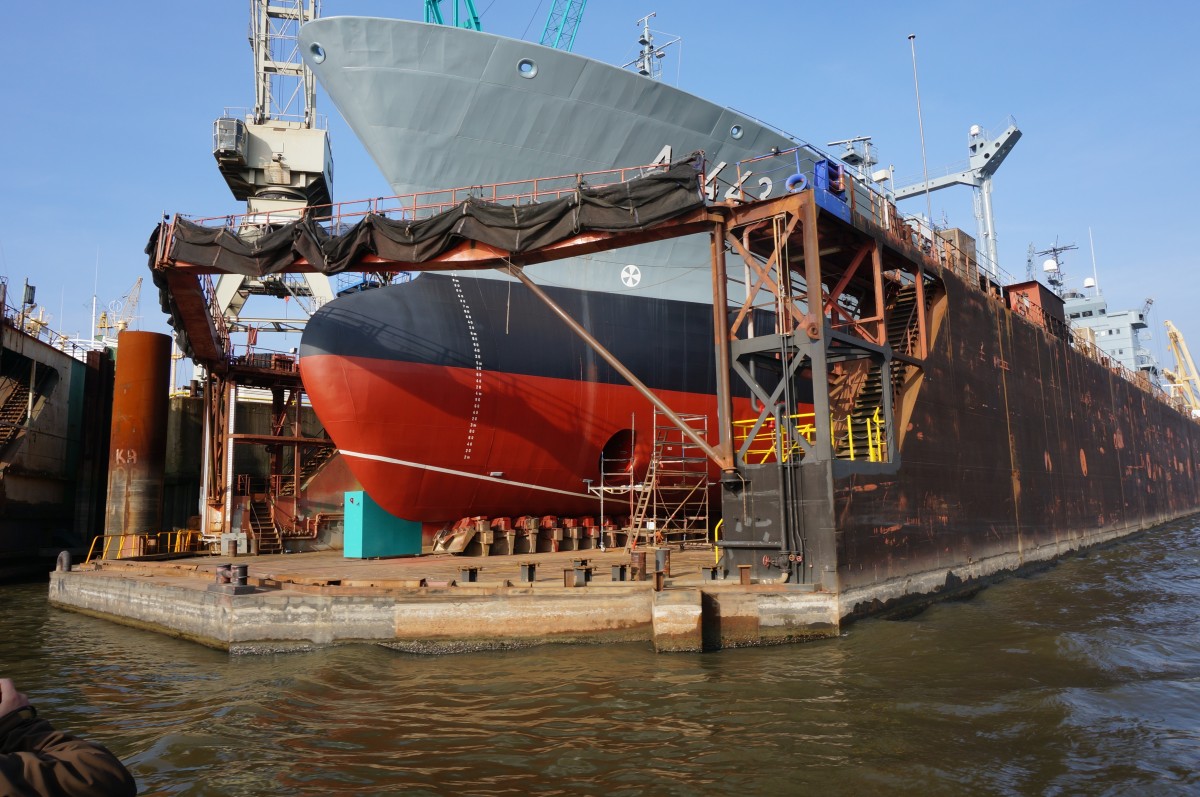Introduction
Class inspections during drydocking are a critical part of the repair process. These inspections, conducted by classification societies, ensure that vessels meet safety and regulatory standards, which is essential for maintaining operational approval. Preparing properly for class inspections can help avoid unnecessary delays, unexpected costs, and compliance issues. In this post, we’ll guide you through the key steps to prepare for these inspections and ensure a smooth process.
1. Understand the Scope of the Inspection
Classification societies have specific requirements based on the type, age, and operating region of your vessel. The scope of the inspection can vary, but it typically includes:
- Hull Integrity: Ensuring the hull is in good condition and free from damage or corrosion.
- Machinery and Equipment: Inspecting engines, pumps, compressors, and other critical systems.
- Safety Equipment: Verifying the functionality of lifeboats, fire-fighting systems, life jackets, and other safety devices.
- Environmental Compliance: Ensuring that the vessel complies with environmental standards, such as ballast water treatment or emissions regulations.
To prepare effectively, it’s essential to understand the specific standards and expectations for your vessel. Familiarize yourself with the rules of the classification society, as this will guide your drydocking process.
2. Plan Inspections Early in the Drydocking Process
One of the best ways to avoid delays is to schedule the class inspection well in advance. Early scheduling gives both the shipowner and the shipyard enough time to address any potential issues that could arise during the inspection.
- Coordinate with the Classification Society: Contact the classification society early to ensure they can perform the inspection at the planned time. Some societies require advance notice for inspections.
- Align with the Shipyard Schedule: Work closely with your shipyard to ensure that the vessel will be ready for inspection when the classification society arrives. Any delays in the preparation process can lead to rescheduling or additional costs.
The earlier you start planning, the smoother the inspection will go.
3. Review Past Inspection Reports and Maintenance History
Before the class inspection, thoroughly review past inspection reports and the vessel’s maintenance history. This will help you identify potential areas that may require extra attention.
- Check Past Deficiencies: Look for any issues that were identified in previous inspections and ensure they have been properly addressed.
- Review Maintenance Records: Ensure all maintenance and repairs are documented and up to date. If any work is pending, complete it before the inspection.
Addressing known issues in advance will help you avoid surprises during the inspection.
4. Ensure Compliance with Regulatory Requirements
During drydocking, your vessel must comply with international, national, and regional maritime regulations. This includes safety standards, environmental laws, and operational requirements. To prepare for class inspections:
- Verify Certificates and Documentation: Ensure that all necessary certifications, including safety management certificates, environmental compliance documents, and classification society certificates, are valid and up to date.
- Focus on Environmental Standards: Depending on where your vessel operates, there may be stricter environmental regulations in place. Ensure compliance with ballast water treatment, emission control, and waste disposal requirements.
Ensuring all necessary paperwork is in order will save time during the inspection process.
5. Perform Internal Inspections
Conducting internal inspections before the official class inspection can help identify issues that may need attention. A pre-inspection by your crew or a marine surveyor can give you a clear idea of what needs to be fixed before the classification society arrives.
- Visual Inspections: Walk through the ship to check for visible damage, corrosion, or wear and tear on essential equipment.
- Test Critical Systems: Run tests on vital systems like engines, fire suppression, and electrical circuits to ensure they are functioning properly.
If you identify any issues, address them before the class inspection to avoid delays.
6. Clean and Prepare the Vessel
A clean and well-maintained vessel makes a positive impression during a class inspection. Ensure that the vessel is properly cleaned and that systems are in good working order.
- Deck and Hull Cleaning: Clean the deck, hull, and interior spaces to ensure there is no unnecessary dirt, oil, or rust. This will also help inspectors identify potential problems.
- Safety Equipment Visibility: Make sure that all safety equipment is easily accessible and in proper working condition. This includes lifeboats, life jackets, fire extinguishers, and emergency alarms.
Proper cleanliness and organization show that you take the inspection seriously and are committed to maintaining the vessel’s condition.
7. Prepare for Potential Non-Conformities
Sometimes, despite your best efforts, non-conformities or deficiencies may be identified during the inspection. These are typically minor issues that must be corrected within a specified timeframe to maintain certification. Prepare for this by:
- Identifying Likely Deficiencies: Based on your vessel’s age, condition, and the inspection history, anticipate potential non-conformities.
- Have a Plan in Place: Be ready to address any deficiencies promptly and work with the shipyard to resolve them without causing significant delays.
Having a plan to address potential issues before they become a problem will ensure that the inspection process is as smooth as possible.
8. Communication with the Classification Society
Clear communication with the classification society throughout the drydocking process is key to a successful inspection. Keep them informed about the status of the vessel and any issues you’ve identified.
- Provide Updates: Inform the classification society about the status of repairs and maintenance, especially if there are any delays or issues during drydocking.
- Work Together: If the classification society identifies any issues, work together to resolve them efficiently.
Open communication will help prevent misunderstandings and ensure the inspection process goes smoothly.
Conclusion
Preparing for class inspections during drydocking requires thorough planning, attention to detail, and proactive measures. By understanding the scope of the inspection, scheduling it in advance, addressing past issues, ensuring compliance, conducting internal inspections, and maintaining clear communication, you can significantly reduce the risk of delays and additional costs.



